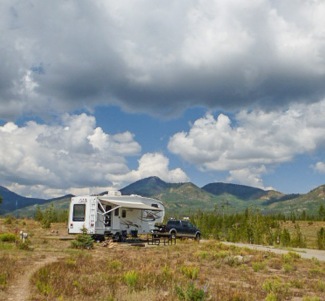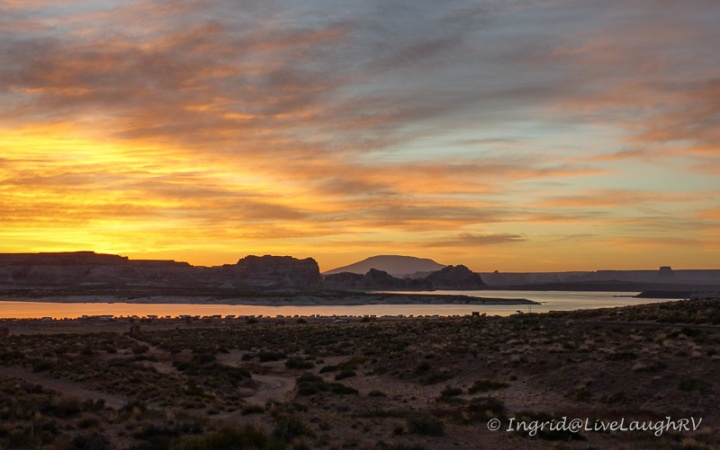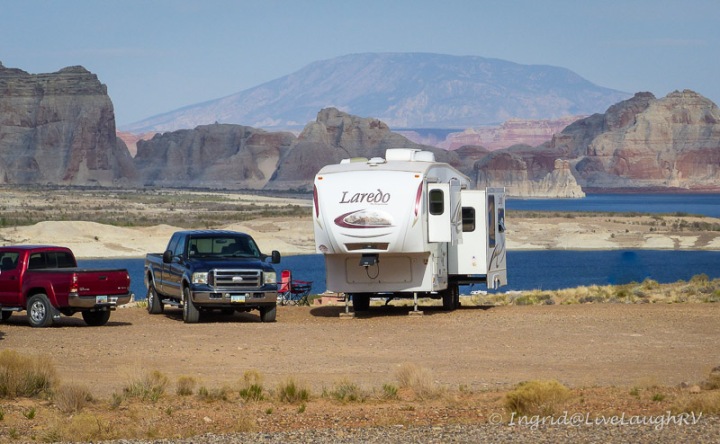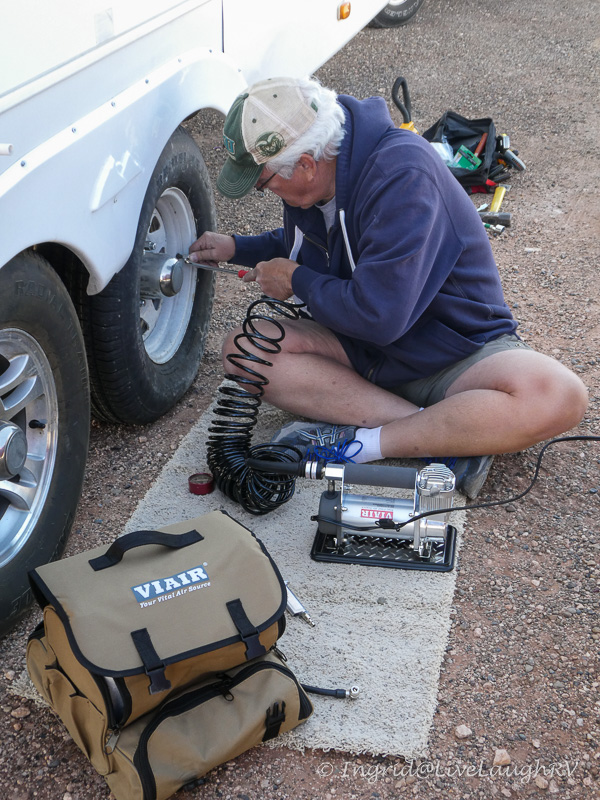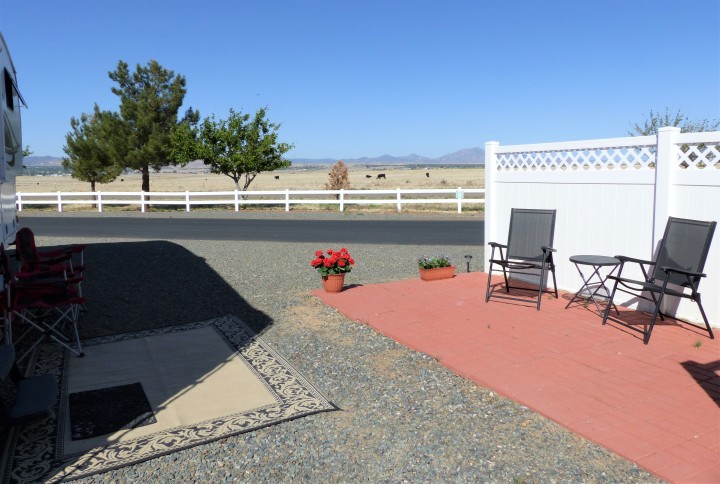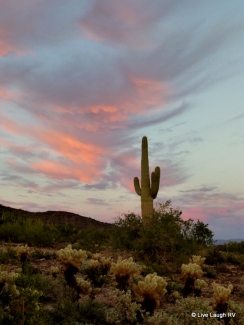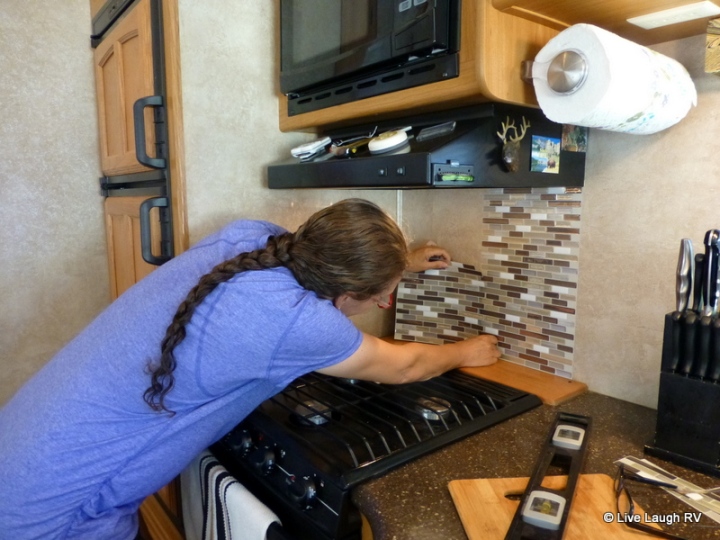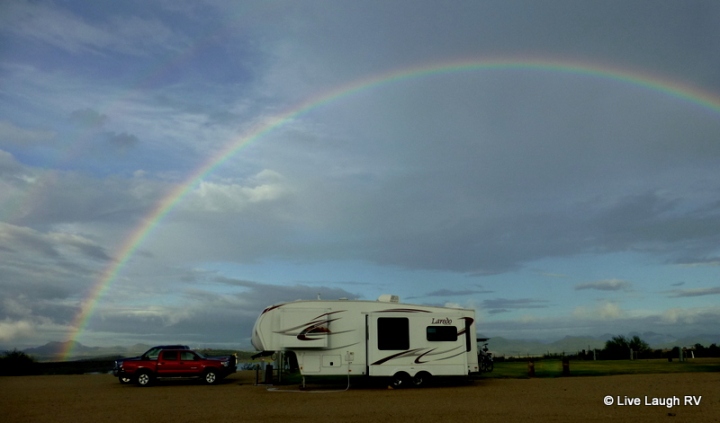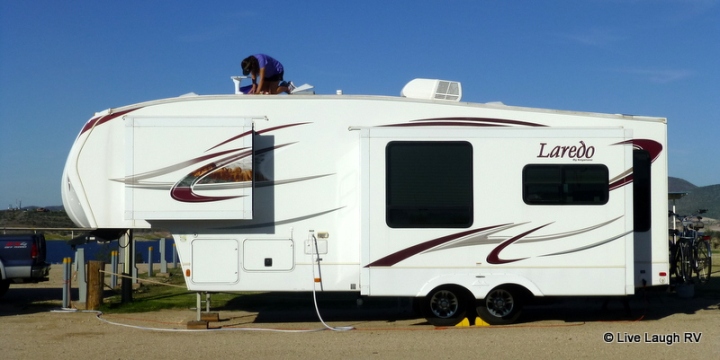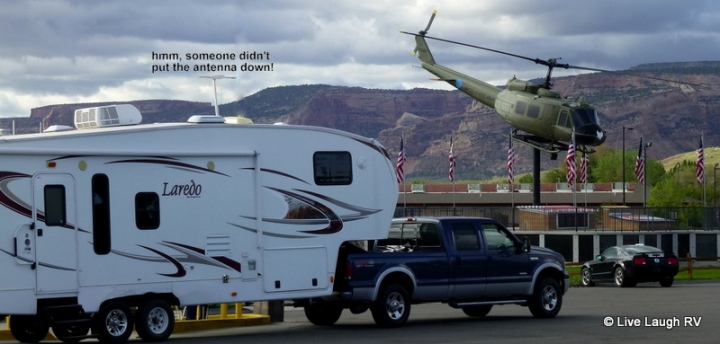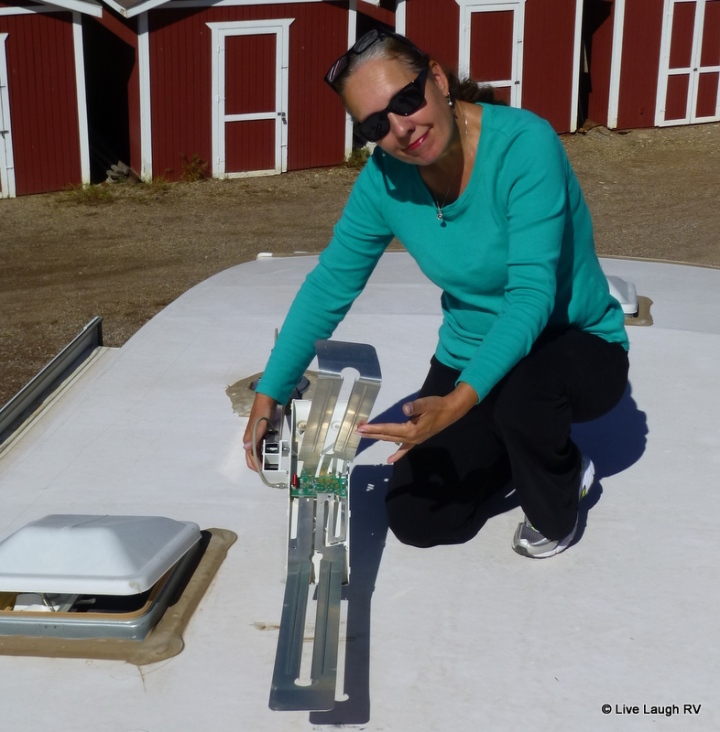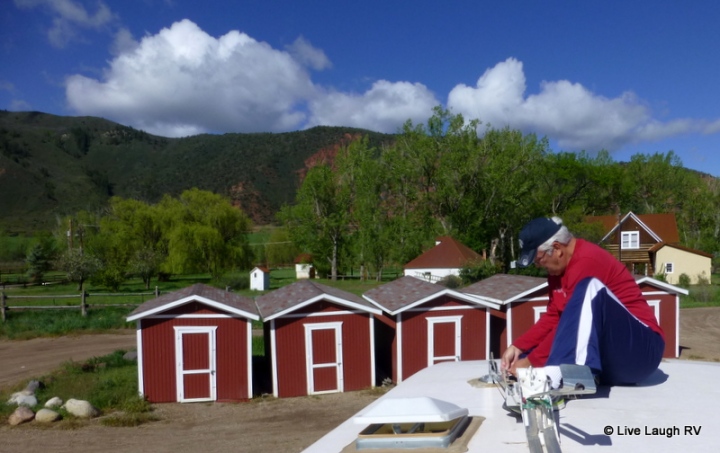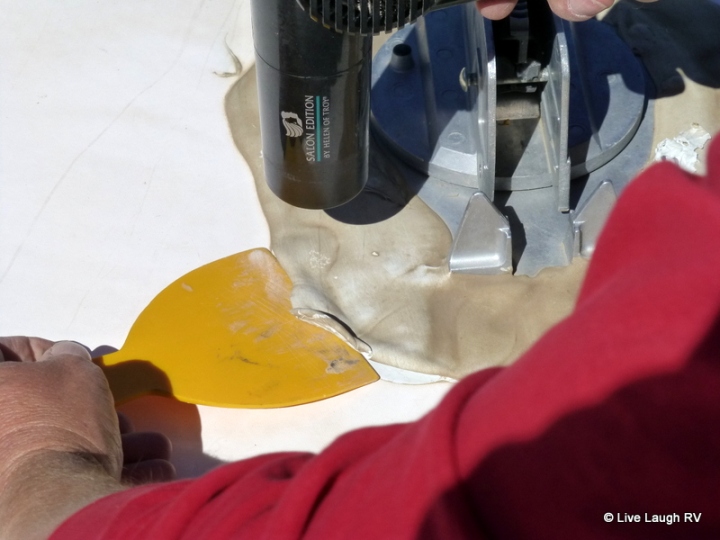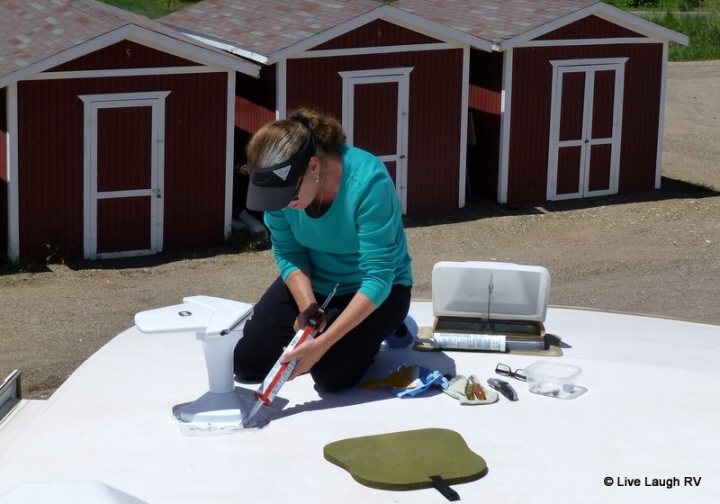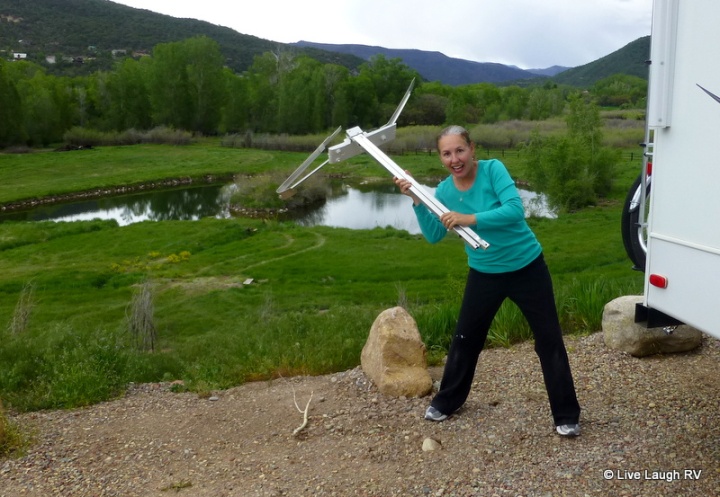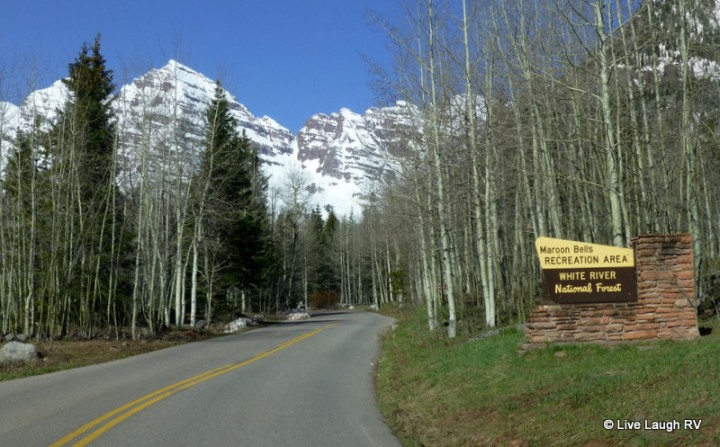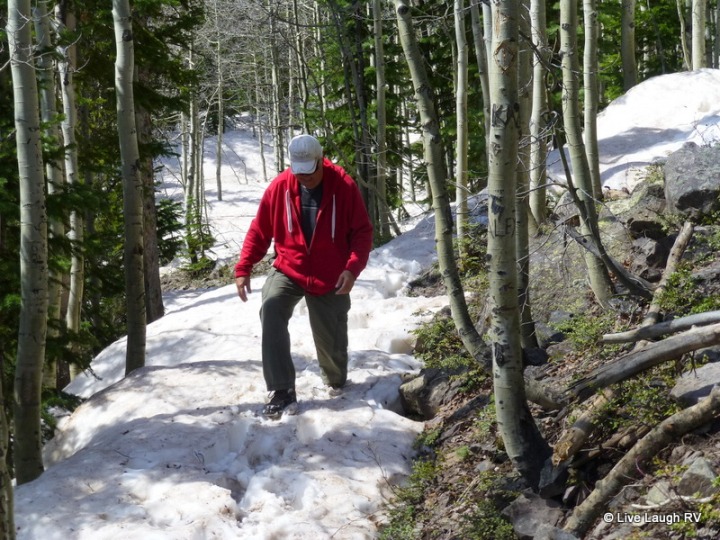
Stepping out of your comfort zone and doing something you’ve never done before can be both scary and gratifying. For many of us, this summer has been chock-full of new experiences and that is certainly the case for Al and me. Aside from dealing with a pandemic, he and I have been working on RV repairs, and let me just say, that has been mentally and physically challenging.
RV Tanks – the good, the bad, and the ugly
One of the reasons this summer has been a record-breaker for new folks embracing the RV lifestyle is the ability to vacation while social distancing. Camping looks a whole lot different this summer due to some of the restroom closures at many campgrounds. Thus the banning of tent camping in certain states is just one of several reasons there’s been an increase in people using RVs.

RVs allow the user to stay remotely at a national/state park or in the backcountry totally self-contained. No room service here! Hmm, self-contained? For those of you unfamiliar with RVs, allow me to give you a quick overview regarding RV holding tanks and why the term “self-contained” is used.
Most RVs come equipped with a kitchen sink, bathroom sink, shower, and toilet. Anytime you use water, that wastewater has to go somewhere. The kitchen, bathroom, and shower wastewater drain into a “grey tank“. The toilet waste drains into a “black tank“. And depending on usage (lots of variables here), most tanks can hold up to a week’s worth of waste at which point a visit to a “dump” facility is necessary. Some RV parks have a sewer/waste connection right at the campsite while others offer a “dump station” that you’ll need to drive to.
The good thing about these RV waste holding tanks, along with an onboard fresh-water holding tank is the ability to be self-contained and vacation distanced away from other people. Therefore, this kind of travel is perfect for social distancing during a pandemic. You sleep in your own bed, use your own towels, and cook your own food. There’s very little interaction necessary with anyone else or anyone else’s germs.
The bad thing is the need to rid (dump) the RV of stinky waste. In reality, it’s not all that bad or difficult especially when you get used to doing this regularly. However, the really ugly thing is when something goes wrong with one of those holding tanks as did with our RV earlier this the summer. Pee-yew! Talk about a stinky mess that’ll stress even the most Zen of people.

The RV repair
Ok, I won’t gross you out with the smell of saturated insulation from a week’s worth of kitchen sink wastewater. Let’s just say, thank goodness a dumpster was nearby when Al and I removed the front half of the RV underbelly covering.
We were really scared and unsure of our abilities to fix the RV ourselves, but we had to figure it out because we were in a part of the country where the nearest RV dealer was a 45-minute drive away and their service department was booked at least two months out. 😕 We had to put our fears aside, pull out the tools, and dig in.
We fixed the leak a little over a month ago but left the belly exposed to make sure everything was in good working order with no potential for a future leak. We tested and retested, and once we were confident in our workmanship, it was time to cover up the exposed belly with new clean material. Easier said than done!
Imagine a large 6 foot by 12 foot area rug that needs to be installed with an exact reveal on all sides. Now imagine that rug to be somewhat ridged and installing it on the ceiling. How do you hold it in place while drilling in the screws? Sure clamps might work … to an extent. Therein lied part of our dilemma. Al struggled with the install. The plastic-like material would slip, sag, and cause the cumbersome sheet of material to repeatedly move which impacted the overall reveal on the metal framework which was totally unacceptable.

This was definitely a two-person job. Ingrid to the rescue! The photo above was taken near completion. I used my feet to smooth out the material while Al installed clamps further down. By me continuing to hold the material up, the clamps did their job and Al was able to do his. Try laying in that position for hours 🥴
Al’s brother-in-law happened to step out of the house when Al and I were in one of our many awkward positions and insisted on snapping some photos. He was duly entertained by our antics but also impressed by how well Al and I worked together.

The underbelly install took us two days to complete. And believe me, these 60 and 70 year old bodies were feeling it! We were hurting all over from all the unusual positions and movements that were required to get the job done. We feel so relieved to have this project behind us. Now if only the body aches would subside.
More RV projects!
Oh and as if my body didn’t hurt enough … I decided to tackle another project which required me to climb on top of the RV and give the old gal (referring to the RV) a good cleaning while Al worked on other honey-do items. My brother-in-law’s ladder wasn’t tall enough for me to reach beyond the name Laredo. So I needed to work from the top down scrubbing off all those wonderfully juicy Midwest bugs. Once she’s washed, she’ll need to be waxed. Are we having fun yet?


Next on our maintenance list is replacing some RV slide-out rubber seals. That Arizona sun can be brutal on our equipment and considering, we spend more than half our year in Arizona, this won’t be the first time that we’ve replaced the rubber seals and doubt it’ll be the last.

Gratifying
Near the end of the year, we’ll celebrate our RV’s tenth birthday. We bought her new and were such RV newbies at the time. Everything about the RV intimidated us and somehow seemed very complex. And here we are, almost ten years later, no longer newbies, considered seasoned RVers, performing all our own maintenance on the old gal. (It’s sad that ten in the RV world is considered old.)
There’s something very gratifying about doing the work ourselves and learning the ins and outs of how the RV operates. Even though we may still have doubts, we’re no longer intimidated or afraid to tackle RV repairs. The three of us (Al, me, and the RV) have grown and aged together, and although the RV will require a few more updates, Al and I feel confident in our abilities to tackle those projects … now if only our bodies would agree. Where’s that bottle of Advil?
“And in the end it’s not the years in your life that count; it’s the life in your years.” – Abraham Lincoln








 I know a lot of RVers use a GPS specifically geared toward RVing and trucking. We don’t and only occasionally use our basic Garmin (an old GPS at that). I much prefer to navigate myself via a map. The GPS, named Hildi,
I know a lot of RVers use a GPS specifically geared toward RVing and trucking. We don’t and only occasionally use our basic Garmin (an old GPS at that). I much prefer to navigate myself via a map. The GPS, named Hildi,  their Beta Testers back in their infancy and used to post campground reviews on the site regularly, but since our style of RVing has changed over the past few years, I haven’t engaged on the platform for quite some time, but I still use it routinely for research and ideas.
their Beta Testers back in their infancy and used to post campground reviews on the site regularly, but since our style of RVing has changed over the past few years, I haven’t engaged on the platform for quite some time, but I still use it routinely for research and ideas.


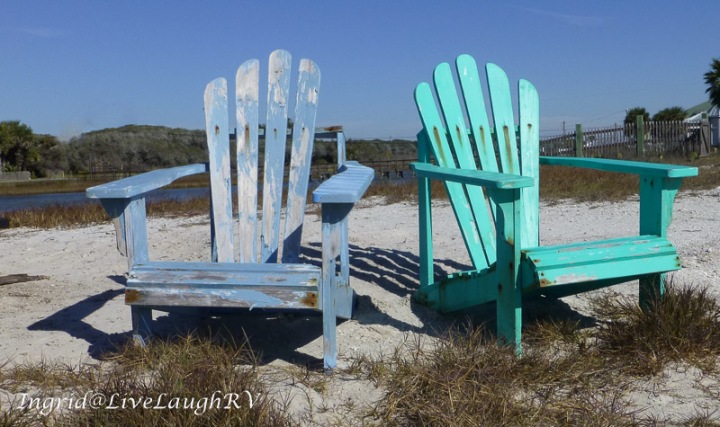
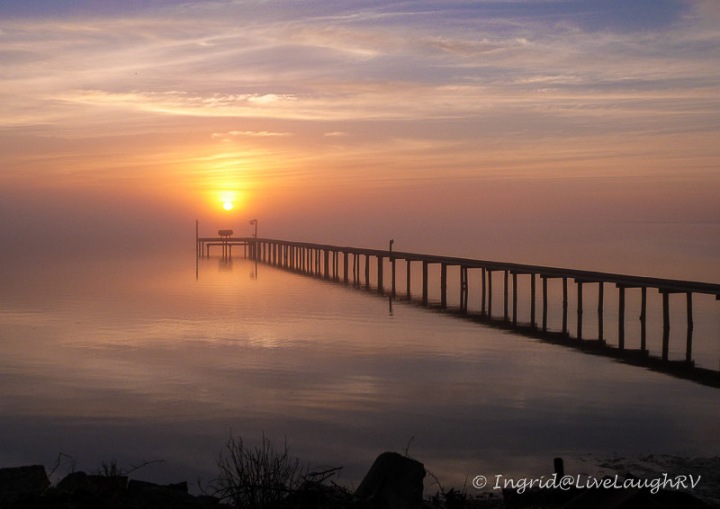
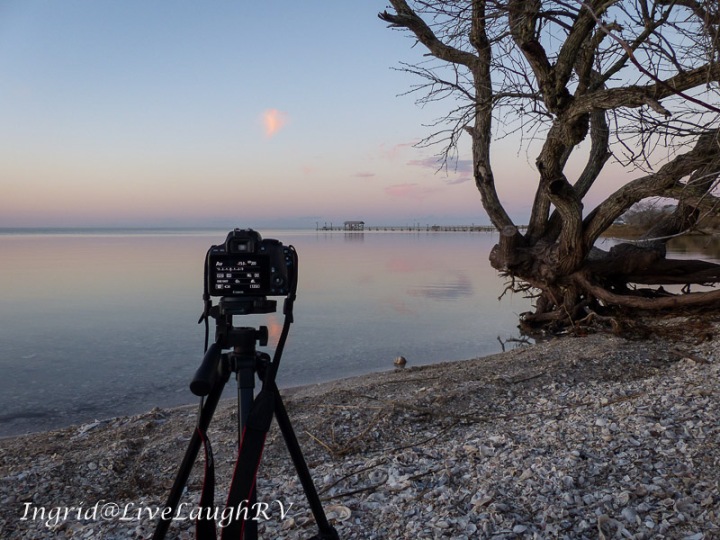
 Since Al and I live in our RV full-time, we use a UPS Store as our mailing address. Technology has made a mobile lifestyle so much easier, and because of that,
Since Al and I live in our RV full-time, we use a UPS Store as our mailing address. Technology has made a mobile lifestyle so much easier, and because of that, 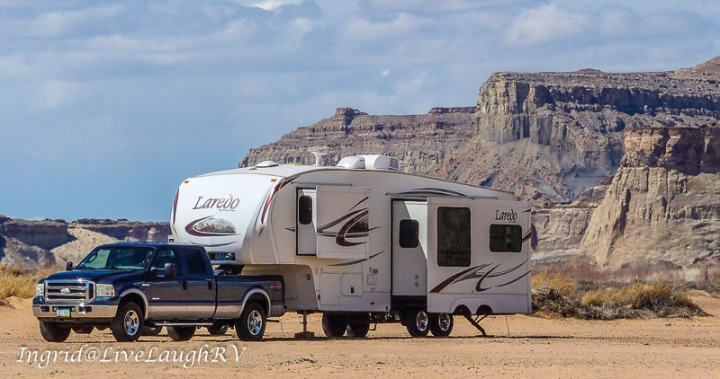




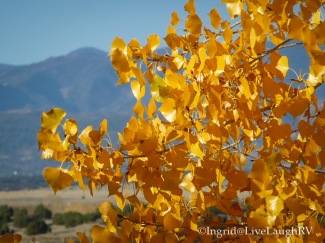 Plus, this time of year, the kids are back in school (yay!) leaving plenty of room for the rest of us to find open campsites.
Plus, this time of year, the kids are back in school (yay!) leaving plenty of room for the rest of us to find open campsites. He went on to tell us how every time he dumped his tank, he’d smell a bad odor. There were no visible leaks on the ground, just the odor. So upon closer examination of the waste hose, he discovered it was split on top in numerous places. Ah yes, that sun!
He went on to tell us how every time he dumped his tank, he’d smell a bad odor. There were no visible leaks on the ground, just the odor. So upon closer examination of the waste hose, he discovered it was split on top in numerous places. Ah yes, that sun!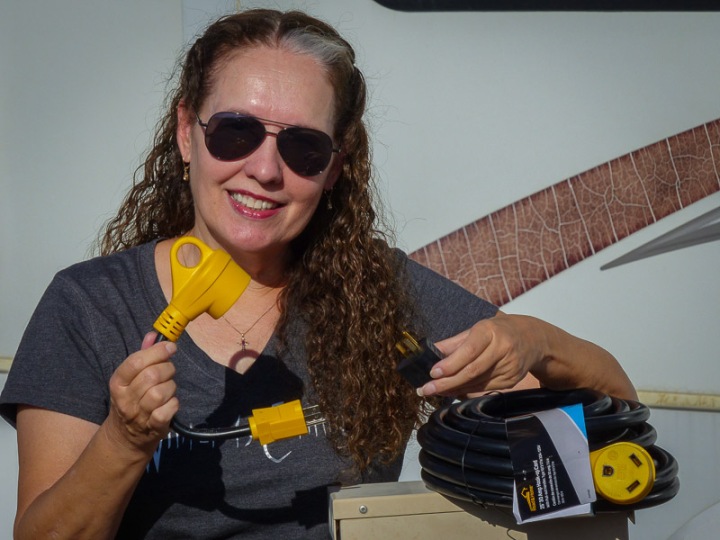

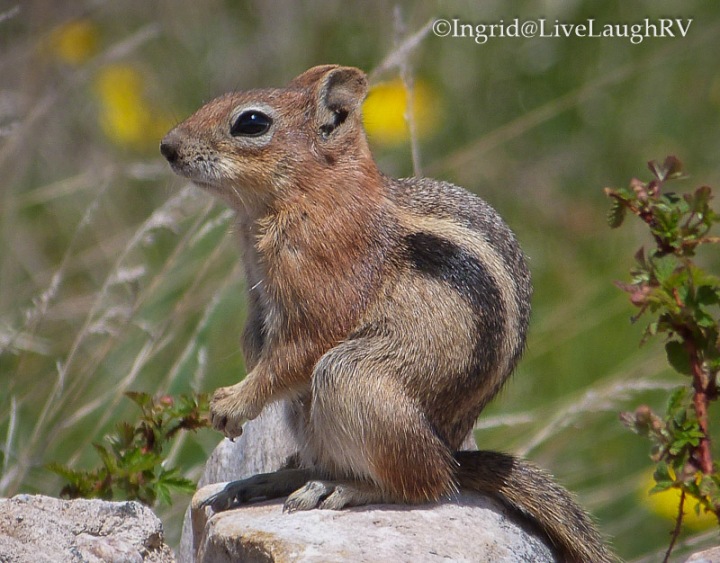











 Before we bought our new 5th wheel, we owned a truck camper that we also purchased new.
Before we bought our new 5th wheel, we owned a truck camper that we also purchased new.


